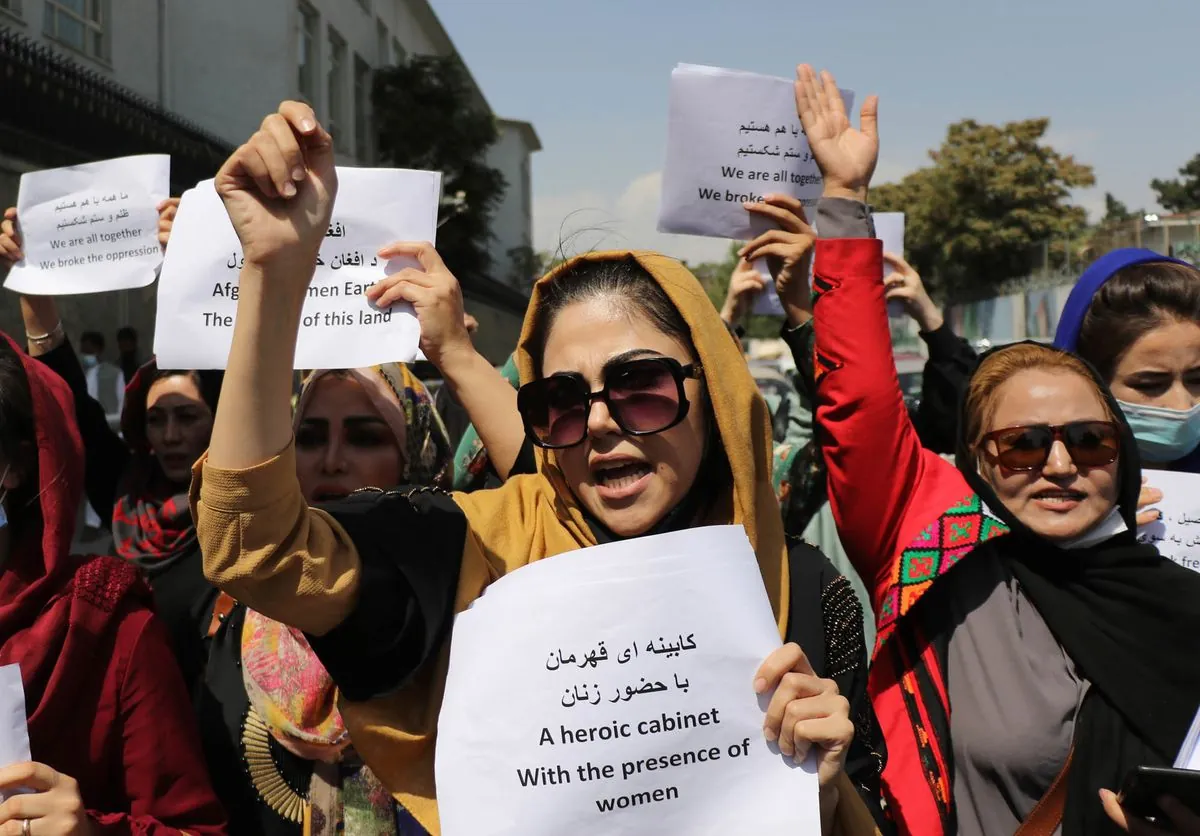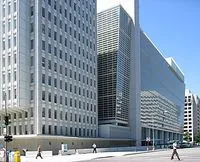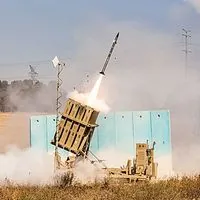Gaza Conflict: One Year of Devastation in Numbers
Israel's yearlong offensive in Gaza has resulted in massive casualties, widespread destruction, and displacement. Statistics reveal the scale of the humanitarian crisis and infrastructure damage.
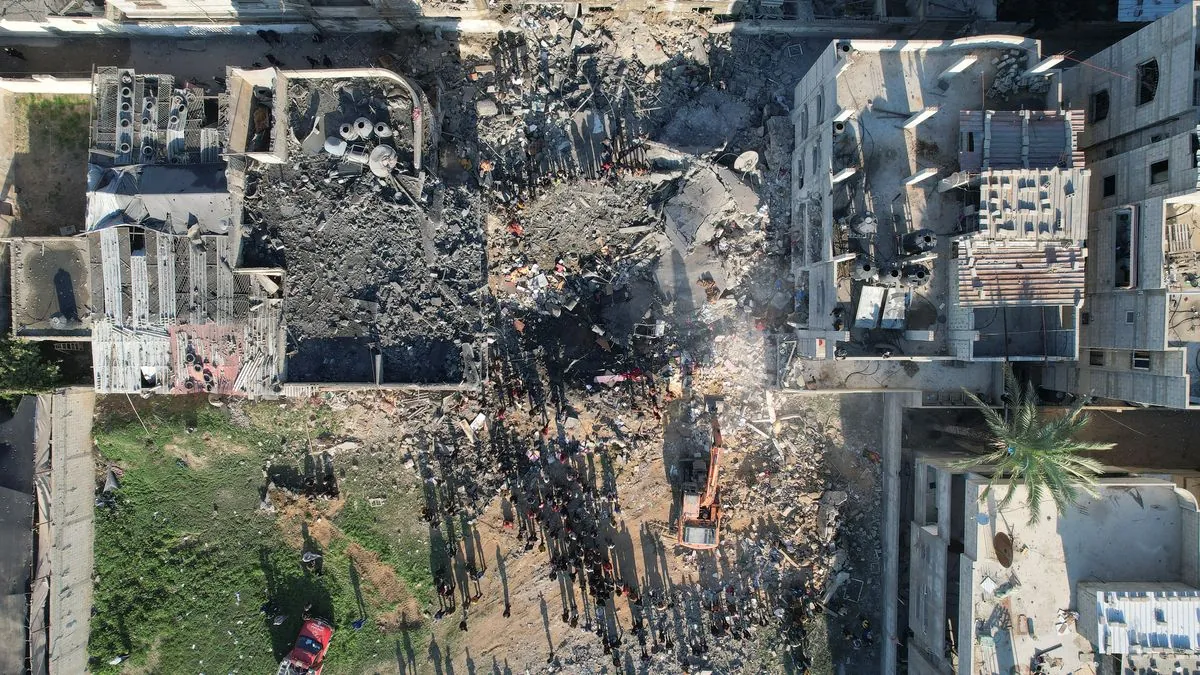
One year after the Hamas attack on October 7, 2023, the ongoing conflict in Gaza has resulted in devastating consequences for the region. The Israel-Hamas war has led to significant loss of life, widespread displacement, and extensive damage to infrastructure.
Hamas' initial attack on Israel claimed approximately 1,200 lives and resulted in 251 hostages being taken into Gaza. As of October 2024, 66 hostages remain in captivity, with 35 believed to be deceased.
The subsequent Israeli offensive has had a profound impact on Gaza's population. Over 41,000 Palestinians have lost their lives, with more than 96,000 wounded. The Israeli military reports eliminating over 17,000 militants. The conflict has also claimed the lives of over 720 Israeli soldiers.
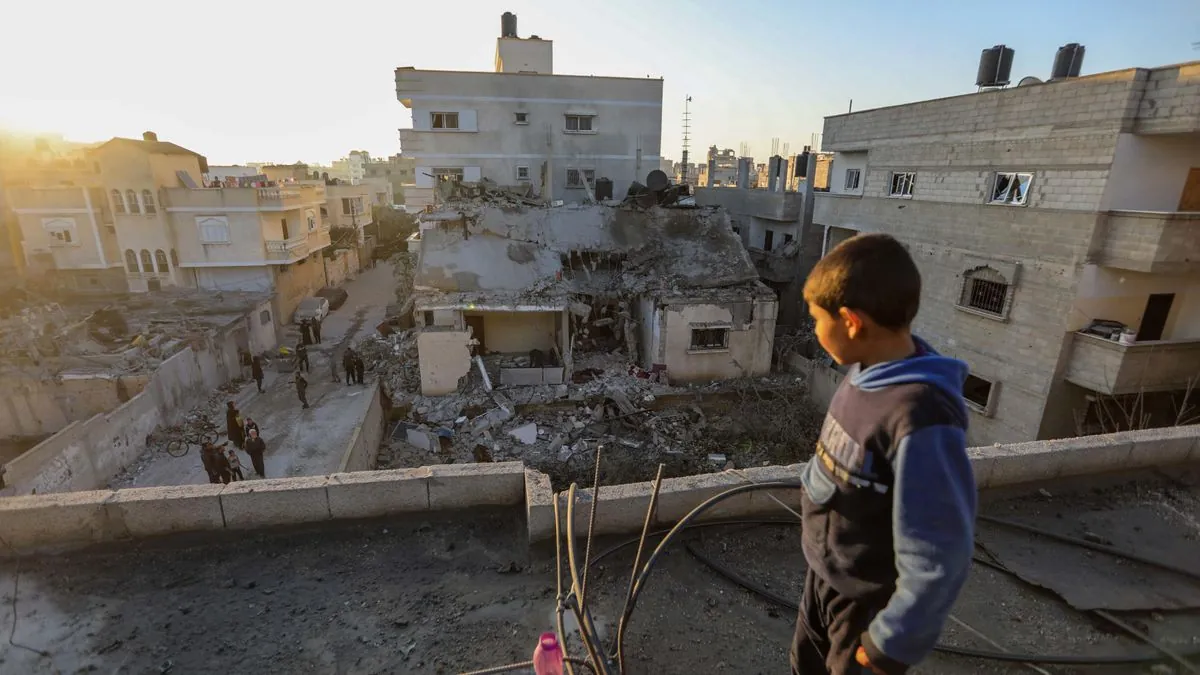
The scale of displacement in Gaza is staggering, with around 1.9 million Palestinians, or 90% of the population, forced from their homes. This situation is particularly challenging given that the Gaza Strip is one of the most densely populated areas globally. The region's young demographic, with a median age of about 18 years, further compounds the humanitarian crisis.
The destruction in Gaza has been extensive, with over 120,000 structures moderately damaged or destroyed. This includes more than 215,000 housing units, representing 66% of all structures in the territory. The economic impact is severe, with damage estimates from the war's first three months reaching $18.5 billion, nearly equivalent to the region's highest reported GDP of $19.17 billion in 2022.
Critical infrastructure has been severely affected. Over 92% of primary roads and 84% of health facilities have been damaged or destroyed. The conflict has also impacted 67% of water and sanitation facilities, exacerbating the existing challenges with Gaza's water supply, which primarily relies on the severely depleted and contaminated Coastal Aquifer.
The damage to Gaza's power infrastructure, including 510 kilometers of the electrical grid, has worsened the chronic electricity shortages that have plagued the region for years. This situation is particularly dire given Gaza's Mediterranean climate, characterized by hot summers and mild winters.
The environmental impact is also significant, with 60,000 cubic meters of untreated water and sewage flowing into the sea daily. This pollution affects not only Gaza's limited coastline but also its potential for tourism and archaeological exploration, including sites like the ruins of ancient Gaza.
The conflict has further strained Gaza's already fragile economy. The territory, which has been under an Israeli-Egyptian blockade since 2007, has consistently experienced one of the world's highest unemployment rates. The current situation has severely impacted key economic sectors, including agriculture, which is significant despite limited arable land.
As the conflict continues, the international community faces the challenge of addressing the humanitarian crisis while working towards a lasting resolution. The situation in Gaza serves as a stark reminder of the human cost of prolonged conflict and the urgent need for diplomatic efforts to bring about peace in the region.





